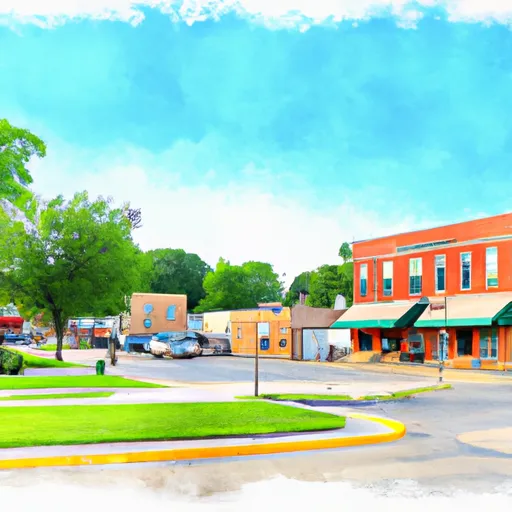°F
°F
mph
Windspeed
%
Humidity











Martensdale, Iowa is a small town located in Warren County, in the central part of the state. The climate in Martensdale is characterized by four distinct seasons. Summers are warm with average temperatures ranging from the mid-70s to low 80s Fahrenheit, while winters are cold and snowy with average temperatures in the low 20s. Spring and fall offer mild temperatures, making them ideal for outdoor activities.
When it comes to hydrology constituents, Martensdale is situated near the Raccoon River, which flows through the region. This river provides opportunities for water-based activities such as fishing, canoeing, and kayaking. It is home to various fish species, including largemouth bass, bluegill, and channel catfish.
Outdoor recreation enthusiasts can take advantage of the scenic surroundings in Martensdale. The town is surrounded by beautiful countryside, making it perfect for hiking, biking, and camping. Warren County Conservation manages several parks and trails nearby, including the Summerset Trail, which is a 12-mile multi-use trail that passes through Martensdale. The trail offers stunning views of the countryside, making it a popular spot for walking, running, and biking.
Overall, Martensdale, Iowa offers a pleasant climate, proximity to water resources, and numerous outdoor recreation opportunities, making it an appealing destination for nature lovers and outdoor enthusiasts alike.
Weather Forecast
Martensdale receives approximately 897mm of rain per year, with humidity levels near 82% and air temperatures averaging around 10°C. Martensdale has a plant hardyness factor of 5, meaning plants and agriculture in this region thrive during a short period during spring and early summer. Most plants will die off during the colder winter months.
Regional Streamflow Levels
8
Cubic Feet Per Second
8
Cubic Feet Per Second
14
Cubic Feet Per Second
100
Cubic Feet Per Second
Nearby Camping
| Camping Area | Reservations | Toilets | Showers |
|---|---|---|---|
| Riverside Park - St Peter | |||
| Windsor Crossing - Harry S Truman Lake | |||
| Bucksaw - Harry S. Truman Lake | |||
| Sakatah Lake State Park | |||
| Knob Noster State Park | |||
| Talley Bend - Harry S. Truman Lake |



